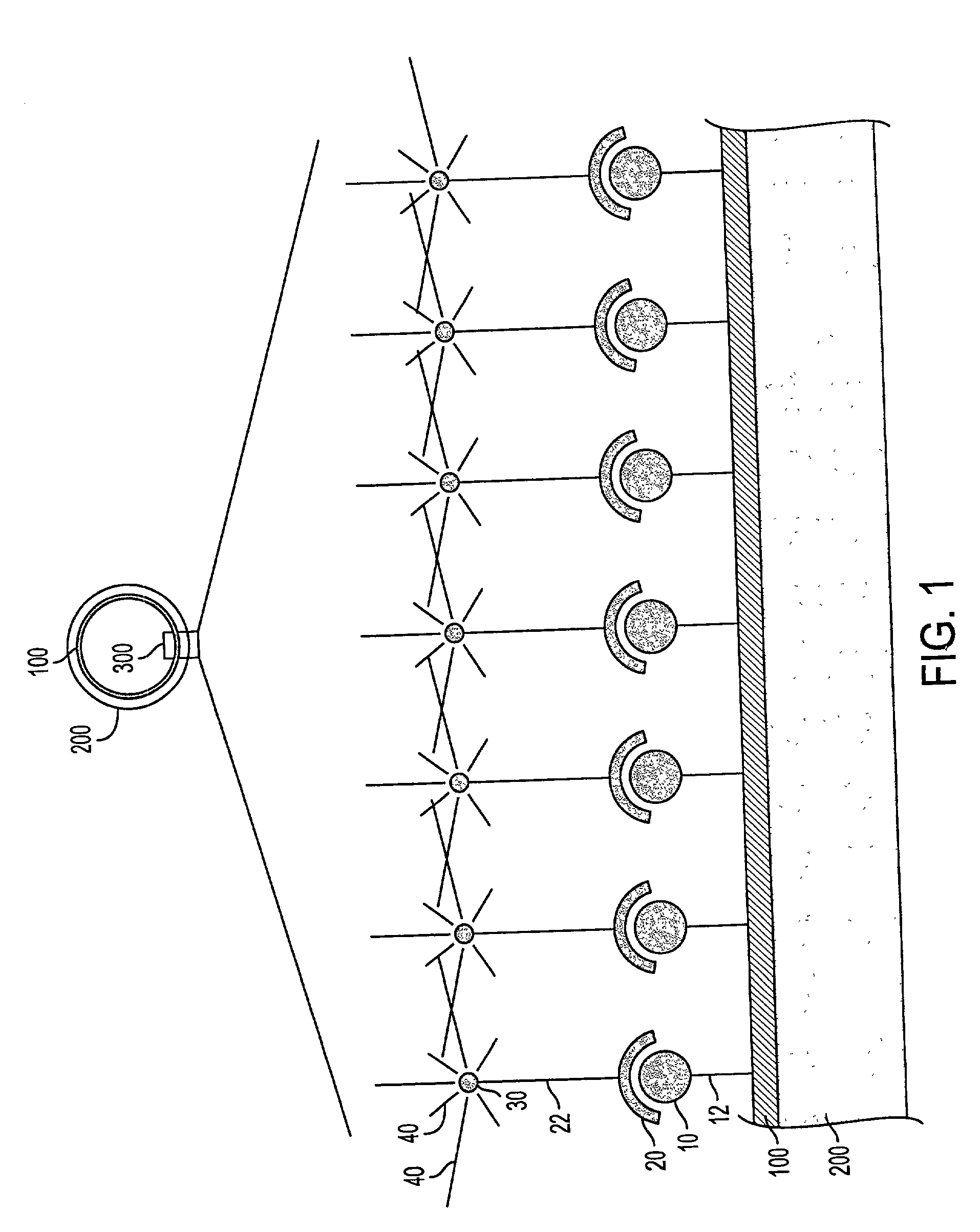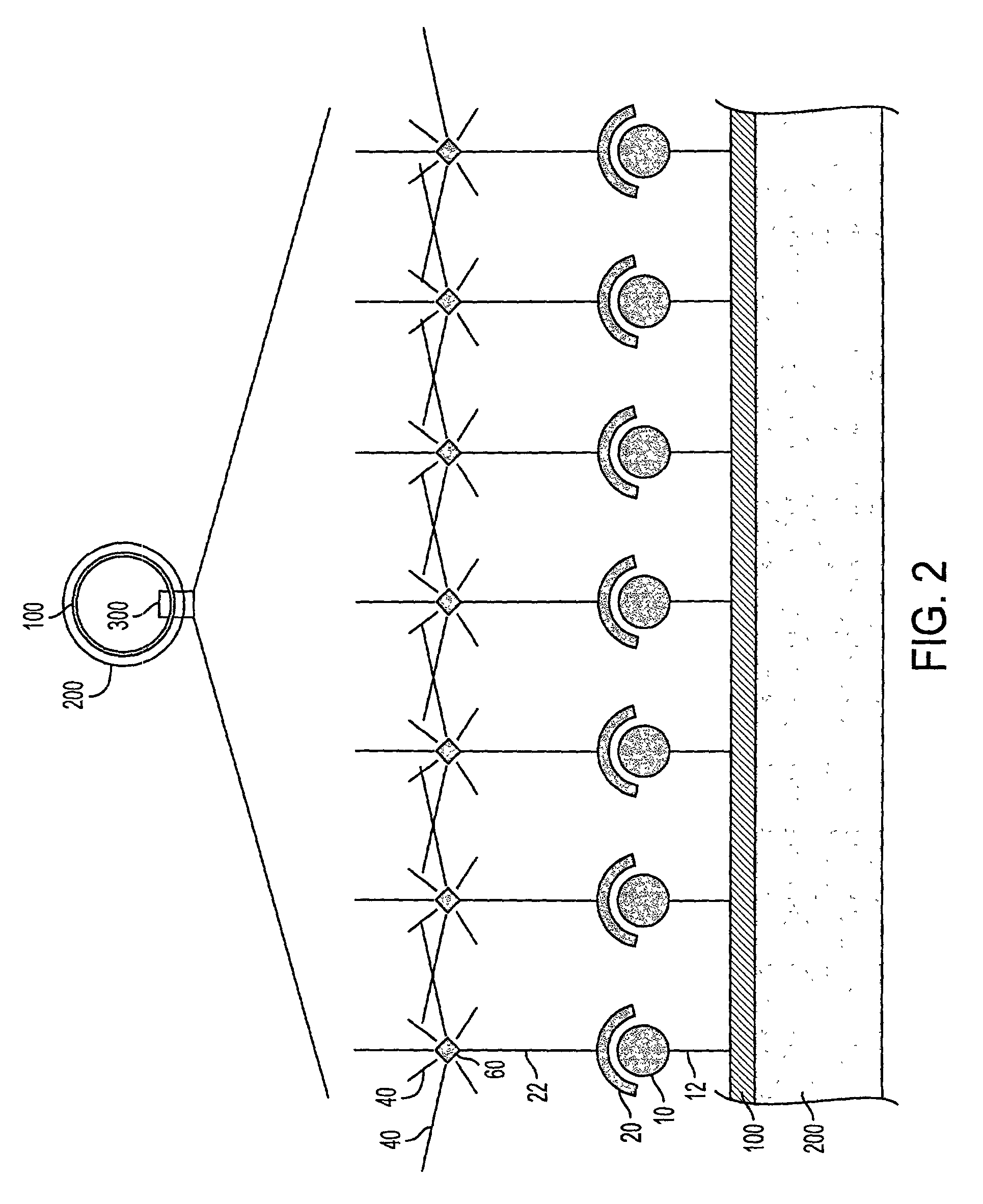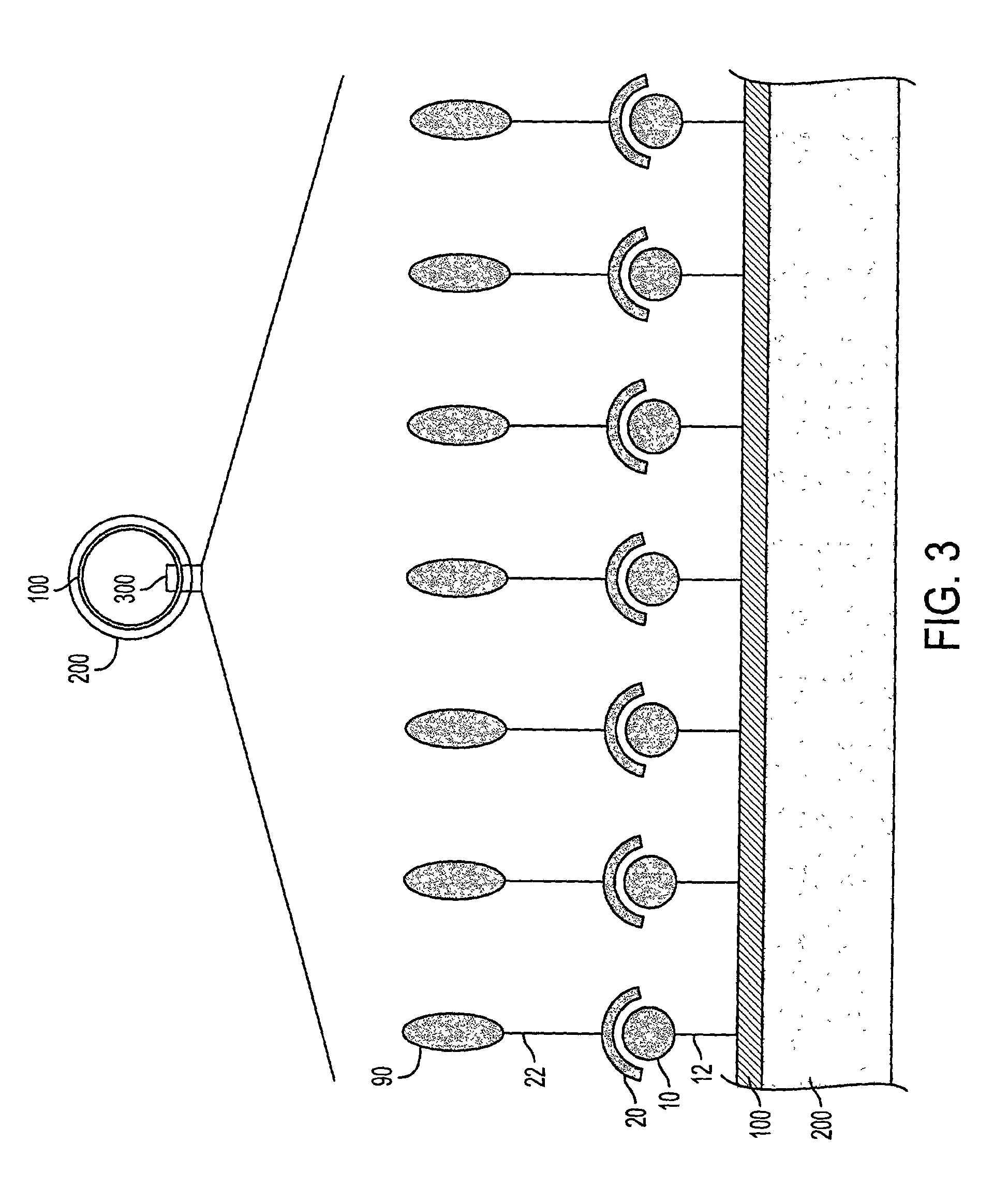Continued growth and development of a plaque can result in life threatening complications.
As a result, the organ fed by that
artery suffers
ischemia, a physiologic state characterized by inadequate
oxygen and
nutrient supplies to meet the metabolic need, as well as diminished removal of
metabolic waste products.
At minimum,
ischemia compromises the function of the organ, and if severe enough, can result in tissue and organ death.
Particularly dangerous for the patient with atherosclerosis of the
coronary arteries is the occurrence of an acute plaque change.
In both cases the blood is exposed to highly thrombogenic substances in or near the plaque, causing
platelet adhesion, aggregation, activation and release of molecules that further promote aggregation, resulting a rapid feed-forward cycle causing a clot to form over the disrupted plaque.
At best, healing of the
thrombus and disrupted plaque results in growth of the overall plaque
lesion; at worst, the
thrombus completely occludes the artery.
The
thrombus can also embolize, throwing off small fragments that are carried downstream in the blood to lodge in smaller arteries, which can also result in heart
attack and
stroke.
In the first years PTCA was practiced, acute
restenosis, an unwelcome complication of PTA, arose in some patients.
This life threatening complication required repetition of the PTCA procedure or resort to the traditional coronary artery bypass
graft procedure (CABG) to regain
perfusion.
Although evidence suggests that
catheter-based
brachytherapy may be effective, this approach presents problems.
One limitation involves the tradeoff between the time necessary for the optimal
dose to be absorbed and the degree of radioactivity of the source.
However, the lower the activity of the source, the greater the amount of time the
catheter must be in-place in the patient for the required
dose of
radiation to be absorbed.
Increased dwell-time reduces the total number of patients that a busy
angioplasty team can treat, but more importantly, increases the opportunity for unwanted side effects, such as
thrombosis formation, to occur.
Thus, using the catheter-based technique, there is no ability to administer the same
dose over substantially longer periods.
A common limitation of all these approaches whereby the stent is made radioactive first and subsequently implanted into a patient is that it is not generally possible to prepare the radioactive stent for implantation in the hospital.
This raises logistical and safety problems associated with shielding the radioactive stent
assembly during distribution to the
end user.
Logistical problems are exacerbated when the radioactive stent comprises a short-
half life radionuclide, such as 32P (t1 / 2=14.3 days), because reliable availability of a stent with a predefined
radiation dose would require a well coordinated manufacturing and
distribution system to ensure that the stent reaches the
end user before the radioactivity decays to ineffective levels.
This would make radioactive stents much more expensive to the
end user.
At minimum, this results in unnecessary full-body
exposure of the patient to radioactivity.
Also, as a consequence of
systemic administration, the radioactive substance becomes highly diluted in the volume of circulating blood.
Further, the circulating concentration does not remain constant, but declines as the substance is metabolized, principally by the kidneys and liver.
In the second instance, there exists the risk of potentially toxic effects from introducing a large amount of a
foreign substance into the body.
Administration of a larger amount of the radioactive substance, of course, also increases the
whole body exposure.
However, this has the consequence of reducing the
efficacy of the stent once it has become radioactive.
Systemic administration of large quantities of a radioactive substance also suffers from the problem that, as the substance is metabolized and excreted, the
urine and
feces become contaminated with radioactivity, necessitating expensive and inconvenient collection and disposal.
 Login to View More
Login to View More  Login to View More
Login to View More 


